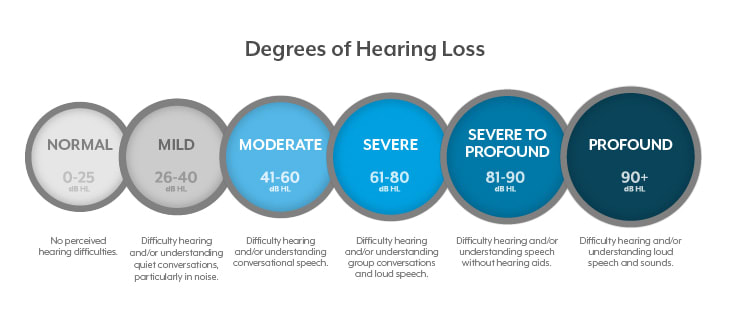
The first and foremost factor to consider when selecting a hearing aid is the nature of your hearing loss. Different types of hearing loss exist, including sensorineural, conductive, and mixed. Moreover, the severity of the hearing loss varies from mild to profound. It's crucial to have a comprehensive hearing assessment conducted by a qualified audiologist to determine the exact degree and type of hearing loss you're experiencing. This evaluation will serve as the foundation for choosing the appropriate hearing aid with the right features and settings to address your specific needs.
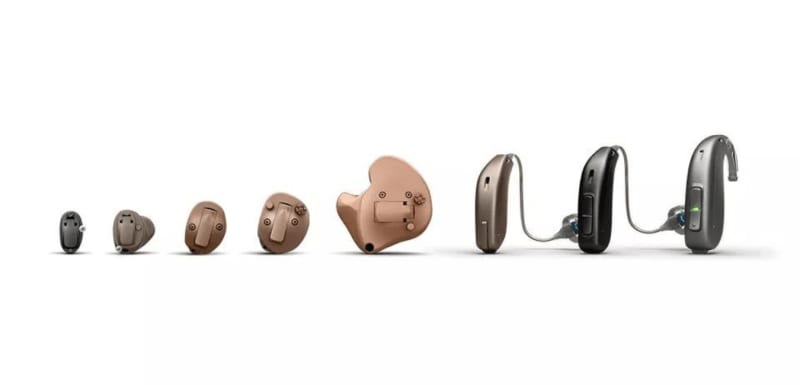
Hearing aids come in various styles and designs to cater to individual preferences and comfort levels. Some common styles include behind-the-ear (BTE), in-the-ear (ITE), in-the-canal (ITC), and completely-in-the-canal (CIC). BTE hearing aids are larger and sit behind the ear, connected to a custom earmold or a thin tube that delivers sound to the ear canal. ITE, ITC, and CIC hearing aids are more discreet and fit inside the ear. The style you choose can depend on factors such as cosmetic concerns, comfort, and the extent of your hearing loss.
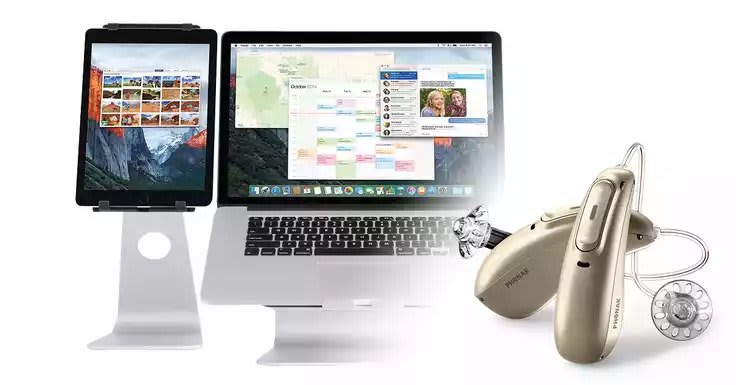
Hearing aids have evolved significantly in terms of technology and features. Digital hearing aids, for instance, offer advanced signal processing capabilities that can adapt to different listening environments, reducing background noise and enhancing speech clarity. Some models even have connectivity options that allow you to pair the hearing aids with your smartphone or other devices via Bluetooth. This enables you to stream phone calls, music, and other audio content directly to your hearing aids. Additionally, many hearing aids come with remote controls or smartphone apps that allow you to adjust settings and personalize your listening experience.

Consider your lifestyle and the activities you regularly engage in when selecting a hearing aid. If you're an active person who enjoys outdoor activities, sports, or social events, you might require a hearing aid with robust noise-cancellation features and the ability to switch between different listening modes. On the other hand, if you lead a quieter lifestyle, a hearing aid with basic features might suffice. It's also worth considering factors such as whether you frequently use headphones or wear hats, as these can affect the compatibility and comfort of certain hearing aid styles.
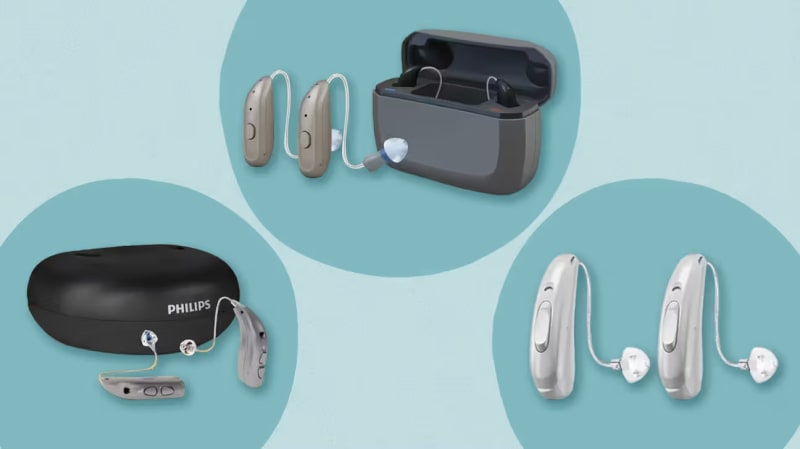
Hearing aids can vary widely in terms of cost, depending on factors such as technology level, features, and brand. While it's tempting to opt for the most technologically advanced model, it's essential to consider your budget constraints as well. In many cases, hearing aids are not covered by health insurance, which means you'll need to cover the expenses out of pocket. However, some insurance plans or programs might provide partial coverage or reimbursement. It's advisable to research insurance options and explore financing plans to make the investment more manageable.
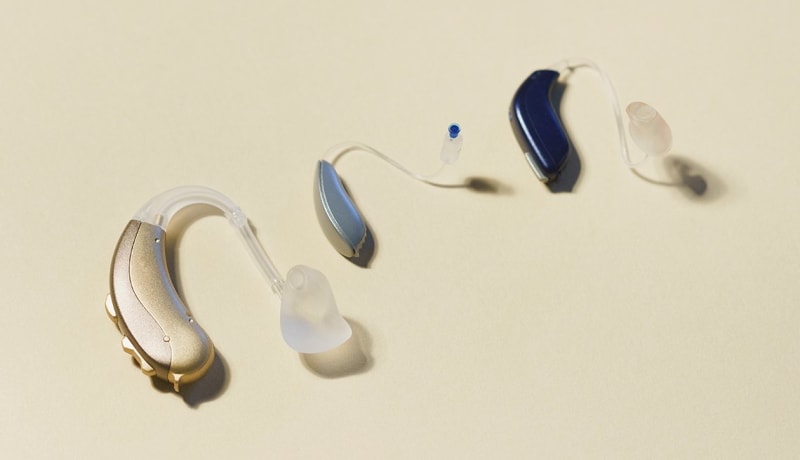
 1 - Degree and Type of Hearing Loss
1 - Degree and Type of Hearing Loss 2 - Style and Design
2 - Style and Design 3 - Technology and Features
3 - Technology and Features 4 - Lifestyle and Activities
4 - Lifestyle and Activities 5 - Budget and Insurance Coverage
5 - Budget and Insurance Coverage